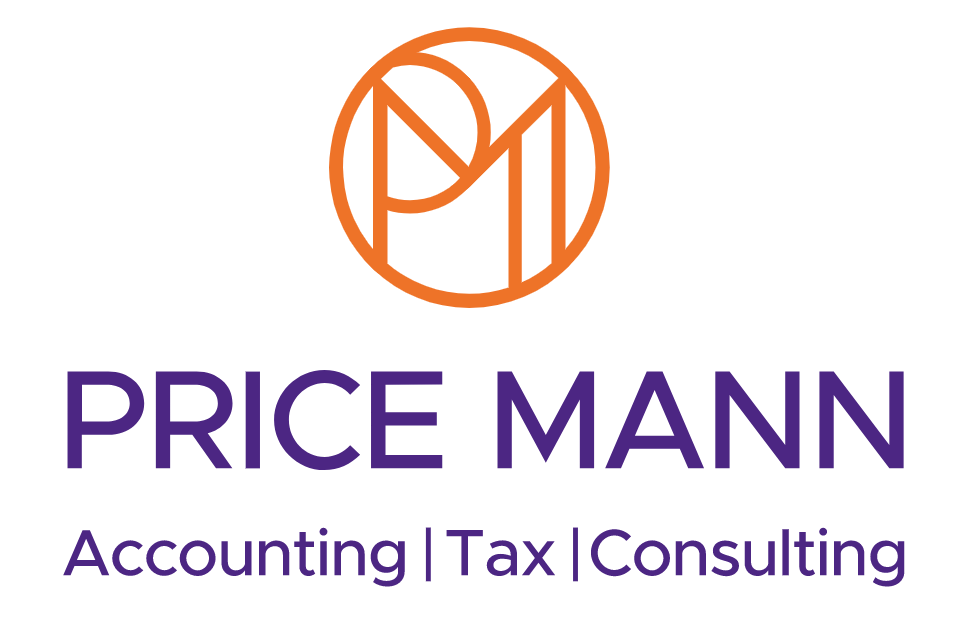A new approach to employee benefits
A new approach to employee benefits
Like most business owners, you have probably experienced the squeeze in recruitment and retention that has been prevalent for the last 12 months or so. It’s been so significant; it has even been dubbed “The Great Resignation”.
According to research from Ipsos, 26% of British workers have thought about quitting their job in the last three months, while 29% have looked for another one. This is an alarming thought when you are trying to run a business, grow, look after customers, and ensure those staff staying do not become overwhelmed.
It would be alright if you had the seemingly unlimited coffers of businesses like Google or Facebook. But the reality for most business owners is that you’ll be looking to invest smartly, rather than extravagantly
And that’s where employee benefits come in. They allow you to stand out as an employer, without simply throwing money into ever-higher salaries.
A well-designed employee benefits scheme can offer a suite of highly desirable perks without sending you into the red. They could be the difference between a star candidate choosing you over another firm, or dissuading current employees from jumping ship.
Moreover, some carry valuable tax advantages to sweeten the deal further for employees and the business.
What is the tax treatment of employee benefits?
If a benefit is paid in cash, it is usually treated in the same way as salary. In other words, the employee pays income tax and national insurance on it, and you pay employer’s national insurance. This could be directly through PAYE, or as a benefit in kind.
Commissions and bonuses are simple examples of this, but the principle also applies to attractive non-cash perks which can be readily converted into cash.
Company cars which are available for private or family use also fall within the taxable benefit regime, the value taxed determined to a large extent by the emissions of the vehicle.
And then there are tax-efficient benefits. These will probably be your first port of call as they offer enhanced value through a tax saving and are often desirable in their own right. We’ll highlight a few, and outline the specific qualifying rules to ensure they qualify for the tax benefit.
Trivial gifts
The trivial gift rules are a great way to convey some personality in your business and show your team you care. You are permitted to give gifts of up to £50 per gift per employee, but they must be for a non-work reason – so not as a reward for good performance, for instance, and it cannot be cash or a cash voucher.
While this may appear restrictive at first glance, it opens up a great opportunity to offer a birthday gift to each employee, or mark special occasions like marriage or the birth of a child. Note that directors and members of their households are limited by a £300 annual cap.
Parties
On a similar theme, there is a separate tax perk for throwing work parties. You are permitted to spend up to £150 (including VAT) per employee per year, and another £150 on their partners.
To qualify, every employee must be entitled to go, and there must be an annual element to it, like a Christmas celebration or a summer barbeque. You can spread the allowance over multiple events as long as they stay under the £150 limit, or you can hold different events for different departments, as long as each member of staff can attend one of them.
If you go beyond the £150 per head limit, you will have certain National Insurance and reporting obligations.
As with the trivial gift allowance, you can really make this show the personality and generosity of your business, and perhaps gain some team-building benefits.
Cycle to work scheme
The cycle to work scheme is another great tax-efficient perk. As well as saving your business and employees tax, it ticks boxes for being green, promoting health and well-being and is super tangible to your employees.
Simply put, you register with the scheme and then make an interest-free loan to your employees for the purchase of the bike and related equipment. They repay that loan to you through a salary sacrifice arrangement, which means they save income tax and national insurance, and you save employer national insurance.
There may be a small final fee for the employee, but overall they should save somewhere between 26% to 29% on the value of the bike through the tax breaks if they are lower rate taxpayers. Higher rate taxpayers can expect to save between 35% and 40%.
Other tax-efficient perks
The schemes we have highlighted are just a flavour of the tax breaks available for employee benefits. Other ideas include job-related training costs, death-in-service benefits, mobile phones, childcare and, of course, pensions – which each have their own rules.
But we must not overlook some employee benefits which do attract tax charges but are nevertheless desirable.
Company cars
Company cars have long been a desirable employee benefit. But over time they have become increasingly less tax efficient, to the point where they are often not worth offering. In other words, the tax the employee has to pay is so great it no longer offers value. There are some exceptions though.
The emissions determine a benefit in kind rate of between 2% (electric cars with zero emissions) and 37% (a highly polluting car) and this is applied to the list price. The exact rate depends on the CO2 emissions g/km the vehicle produces.
So let’s take a mid-range polluting vehicle attracting a 27% benefit-in-kind charge, and a list price of £30,000. The employee would pay either 20%, 40% or 45% tax through their payslip on £8,100 (27% of £30,000). This would be between £1,620 and £3,645 in additional tax every year they had use of the vehicle.
While few people will welcome that level of extra tax hit, you may already perceive that offering staff electric vehicles with just a 2% benefit-in-kind tax rate might still work really well as an employee benefit.
Private medical insurance
Private medical insurance is another go-to benefit. The tax it attracts is not as complicated as company car tax to work out – the employee just pays tax on the cost of the benefit to the employer – but it is still there to be paid.
However, employers purchasing group private medical insurance are often able to get far better deals than an individual would be able to achieve. This means the tax on a reduced-cost, feature-rich policy could represent a great deal for the employee, one which they highly prize for working for you.
Getting the balance right
What you can and should offer will depend on your budget and the nature of your workforce.
There are many other options, too, which we have not even touched upon. But a considered approach to employee benefits has the potential to help any business.
Get in touch to discuss employee benefits.













